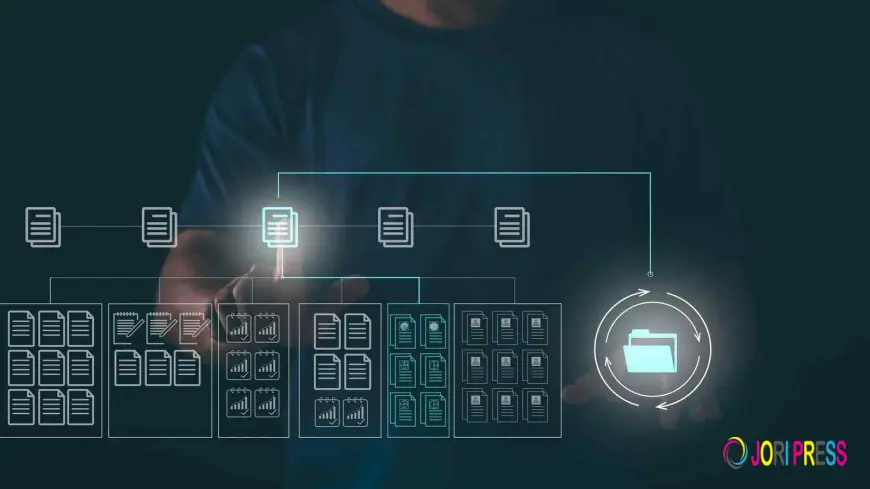DLT in Capital Markets: From Concept to Reality
Dive into the role of DLT in capital markets—how blockchain, tokenization, and real-time settlement reimagine trade workflows and investor experiences. Assess whether this shift is incremental or transformative for finance professionals.

Distributed ledger technology is reshaping how capital market participants exchange value, settle trades, and manage risk. It introduces unprecedented transparency, automation, and efficiency across trading desks, clearinghouses, and custodians. By examining real-world applications and strategic implications, we can determine whether DLT represents a seamless evolution or a radical disruption to financial infrastructures.
Introduction to DLT and Its Promise for Capital Markets
Distributed ledger technology enables secure, decentralized recording of transactions, disrupting legacy systems that rely on centralized clearing and risk management. Its peer-to-peer architecture offers potential for faster, more transparent trade execution and settlement.
Transparency and Immutable Records in Trading
DLT provides an unalterable audit trail for every transaction, increasing trust and reducing disputes. Market participants can verify trade details directly on the ledger, enabling more accurate reconciliation and auditability without intermediaries.
Real-Time Settlement and Operational Efficiency
By eliminating multi-layered clearing and settlement processes, DLT enables near-instant transactions. This reduces counterparty risk and frees up capital previously tied in settlement cycles while simplifying back-office operations.
Tokenization of Assets and Liquidity Dynamics
Digitizing assets as tokens unlocks new market dynamics. It enables fractional ownership of traditionally illiquid assets, broadens investor access, and boosts liquidity—all through programmable, verifiable digital instruments.
Regulatory Challenges and Adoption Barriers
Despite its promise, DLT must navigate complex legal and compliance landscapes. Regulators grapple with how to supervise decentralized systems while maintaining investor protection, market stability, and data privacy standards.
Interoperability and Industry Collaboration
Realizing DLT’s full value requires seamless interoperability between disparate ledgers, trading venues, and legacy systems. Industry-wide collaboration and shared standards are essential to avoid fragmentation and support scalable implementation.
For Financial Institutions, Innovation, or Risk?
DLT offers both opportunity and uncertainty. Firms must evaluate how to harness innovation while managing operational shifts and cyber risk. Whether DLT evolves within current paradigms or disrupts them depends on how pragmatically it is integrated.
Conclusion
DLT in capital markets poses a compelling question—is it a natural evolution or a disruptive leap? With capabilities like immutable records, real-time settlement, and asset tokenization, it holds the power to transform trading, clearing, and market access. Addressing regulatory concerns and achieving cross-industry cooperation will determine whether DLT becomes a pioneering innovation or a disruptive force reshaping finance.
What's Your Reaction?
 Like
0
Like
0
 Dislike
0
Dislike
0
 Love
0
Love
0
 Funny
0
Funny
0
 Angry
0
Angry
0
 Sad
0
Sad
0
 Wow
0
Wow
0















































